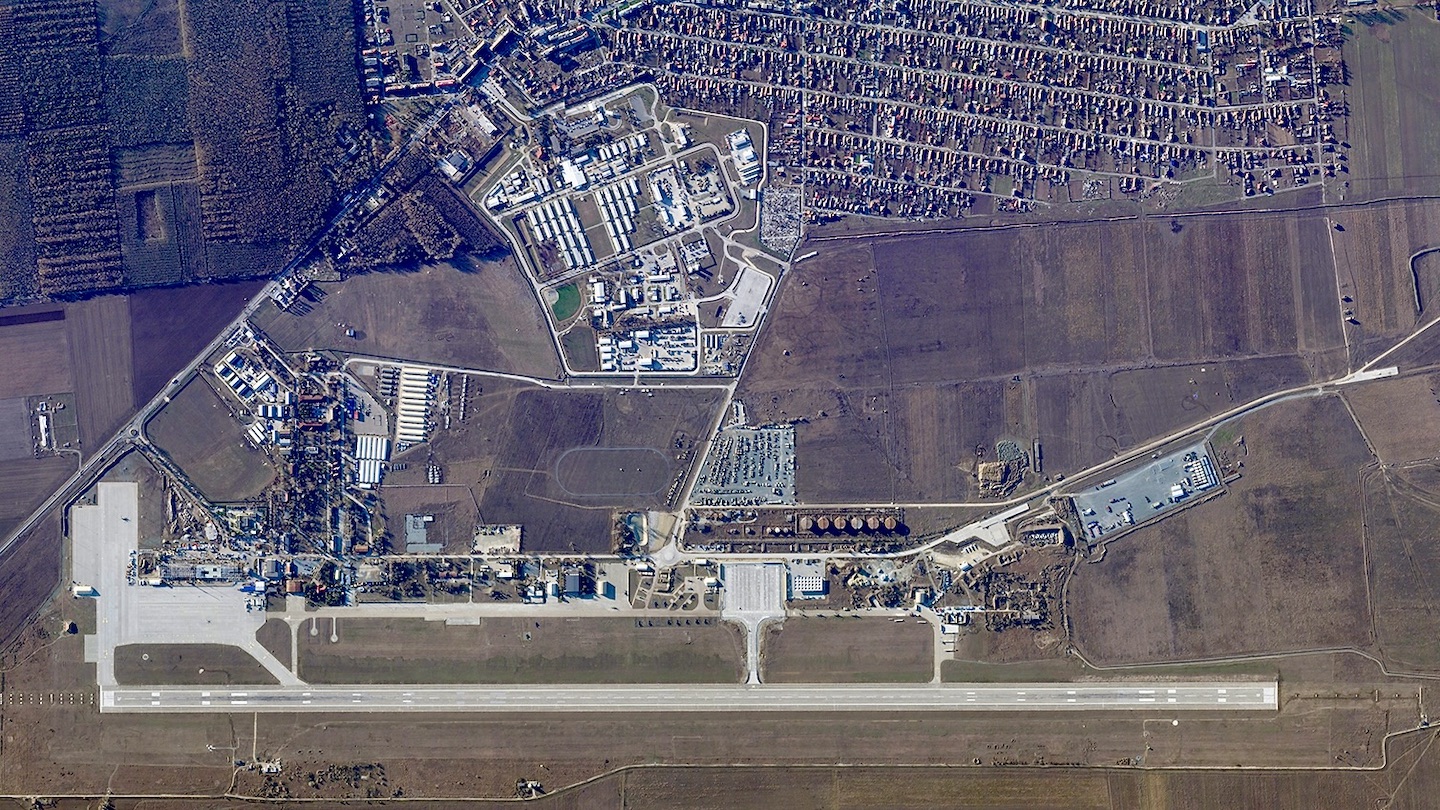The Romanian government has begun working to greatly expand Mihail Kogălniceanu Air Base in the southeast end of the country near the Black Sea. Once complete, the giant NATO base will sprawl over an area twice the size of the U.S. Air Force’s Ramstein Air Base in Germany. The plan to dramatically expand the installation underscores NATO member Romania’s strategic position, which has only been magnified since Russia launched its all-out invasion of Ukraine.
Various Romanian news outlets recently provided an update on construction underway at the base, citing comments and information obtained from Nicolae Crețu, the current commander of Romanian Air Force 57th Air Base “Mihail Kogălniceanu.” Overall, the initiative will cost some €2.5 billion (just over $2.7 billion at current conversion rates), paid for by the Romanian government, with work spread out over the next 20 years
Once complete, the new base will be enlarged to the size of a small city, encompassing an area roughly 2,800 hectares (6,900 acres) and a total perimeter of 30 kilometers (just over 18 miles). According to Euro News Romania, the base will be able to accommodate 10,000 personnel from Romanian and NATO forces combined, as well as their dependents.
Per the Romanian government, the expansion of the base “is necessary to create new minimal operational facilities as well as the development and integration of the existing ones at Mihail Kogălniceanu Air Base 57, for the National Armed Forces and strategic partners, for the safe and timely operation of a squadron of multi-role aircraft, in defense or offensive interventions.”
The expansion will also allow ground force units to be stationed at the base, further enhancing Mihail Kogălniceanu’s ability to facilitate various kinds of operations. “We are also designing the necessary infrastructure to be able to host and support ground capabilities, for special operations or any other type of military capability which is necessary to provide a response to the [future] security context,” Crețu said.
Originally built in 1955, in the early days of the Cold War, Mihail Kogălniceanu, also known as “MK,” lies near the city of Constanța in southeast Romania and the Black Sea. Mihail Kogălniceanu is home to the Romanian Air Force 863rd Helicopter Squadron which operates IAR-330L helicopters. It also serves as a NATO Air Policing base.
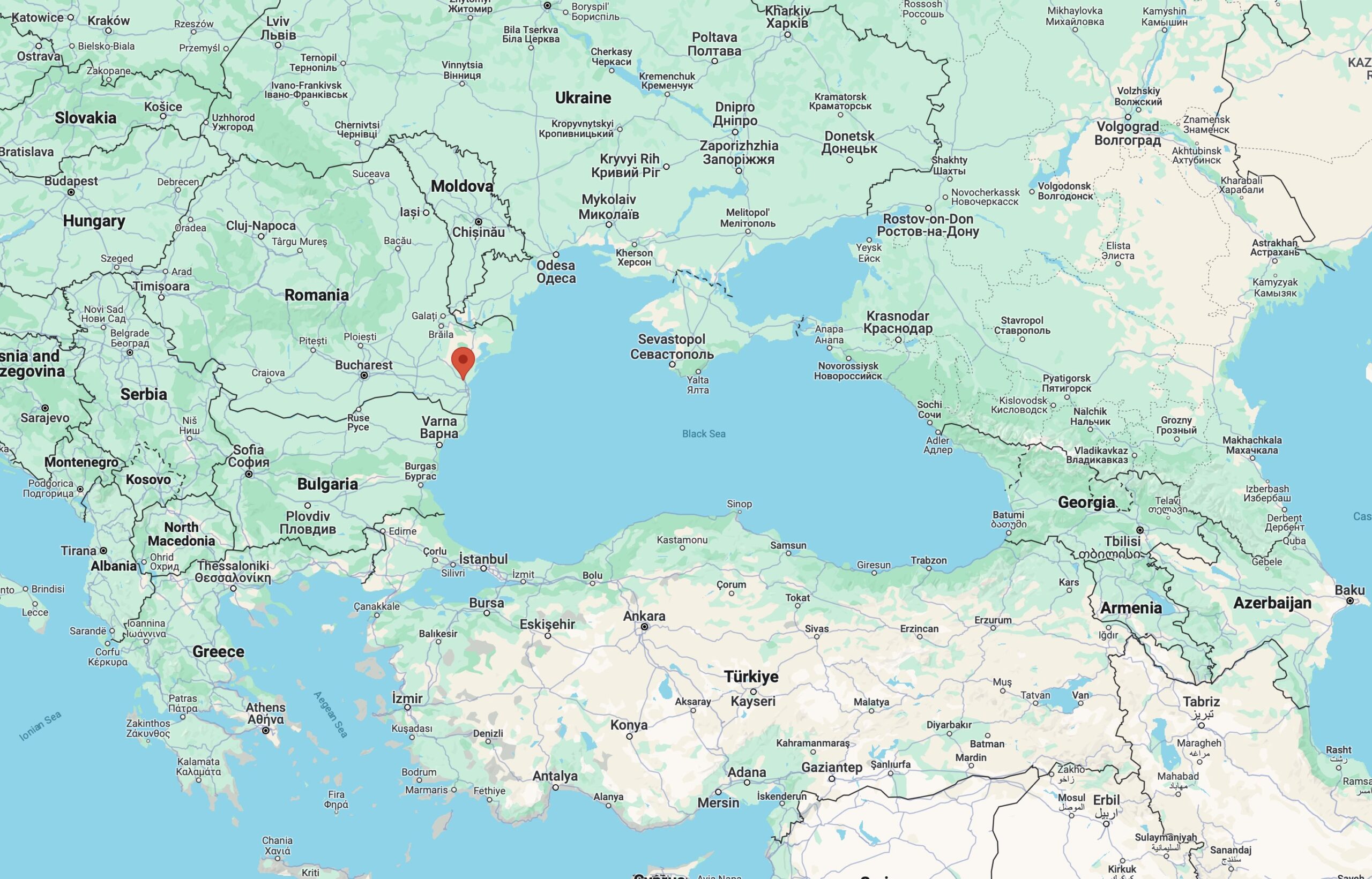
According to the Capital and Euro News Romania media outlets, initial work on the future base’s basic infrastructure — including access roads and a new power grid — has begun on its southern side. “Construction of a new runway, one parallel to the existing one, will soon begin,” Euro News Romania reports. “They will be connected, and in the eastern part, the airport infrastructure will be developed with new taxiways, parking lots and capabilities for different types of aircraft,” Crețu said to Euro News Romania.
In addition, new “maintenance hangars, fuel stores, ammunition, equipment, technical aviation materials, simulators, feeding facilities, and accommodation,” will be built, he said.
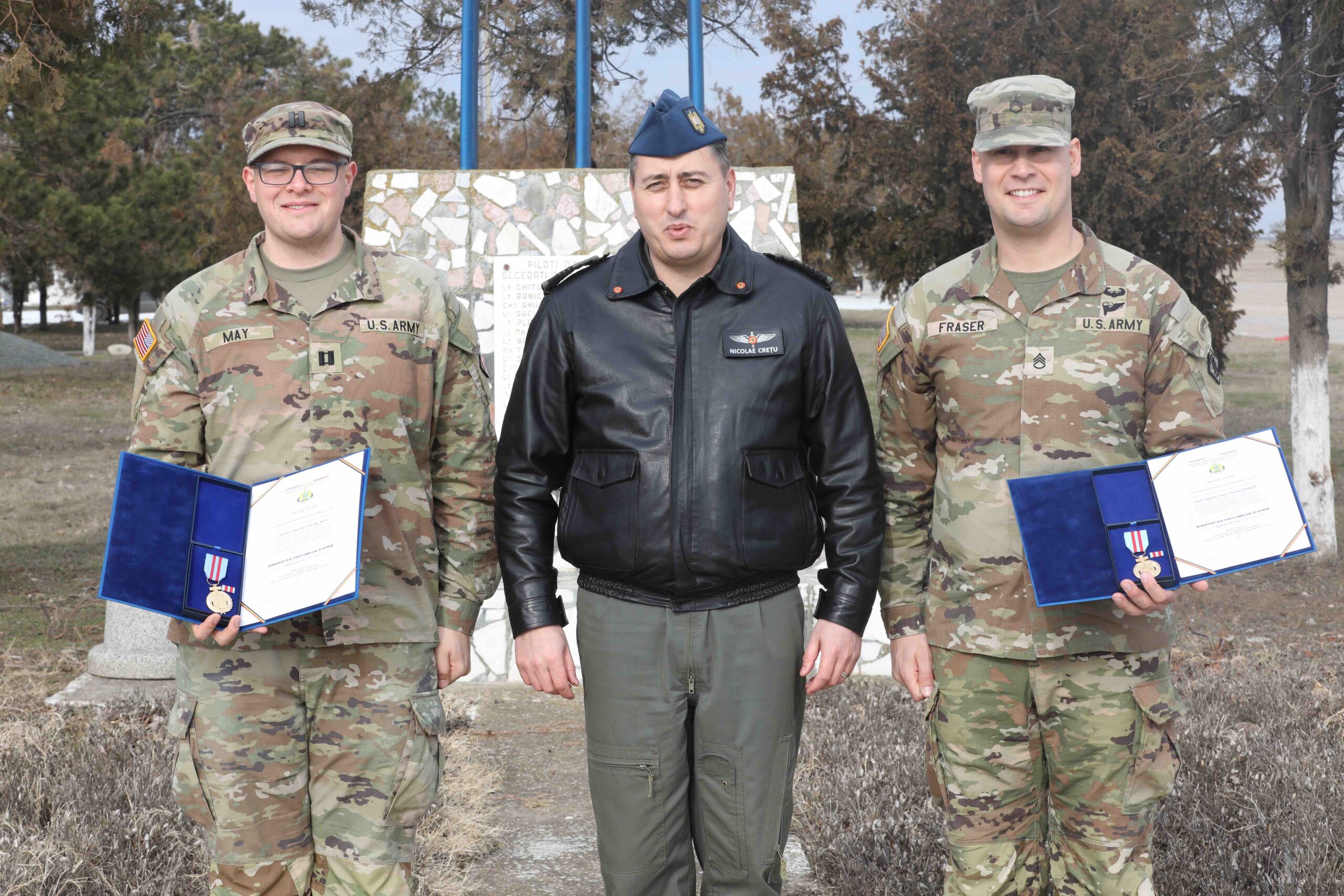
The base will also facilitate the families of NATO personnel, too, featuring all the amenities you’d expect to find in a modern city surrounding it; including nurseries, kindergartens, schools, shops, pharmacies, and a hospital.
Once complete, it will be almost double the size in terms of surface area than the U.S. Air Force’s Ramstein Air Base in Rhineland-Palatinate, located in southwestern Germany, which is spread across 1,400 hectares (3,500 acres) of land. As of summer last year, 9,000 military personnel and Department of Defense civilians were attached to the 86th Air Wing, the host wing at Ramstein Air Base, bringing with them more than 12,000 family members. The U.S. military’s Kaiserslautern Military Community, of which Ramstein forms a part, supports more than 56,000 service members, civilians, and dependents.
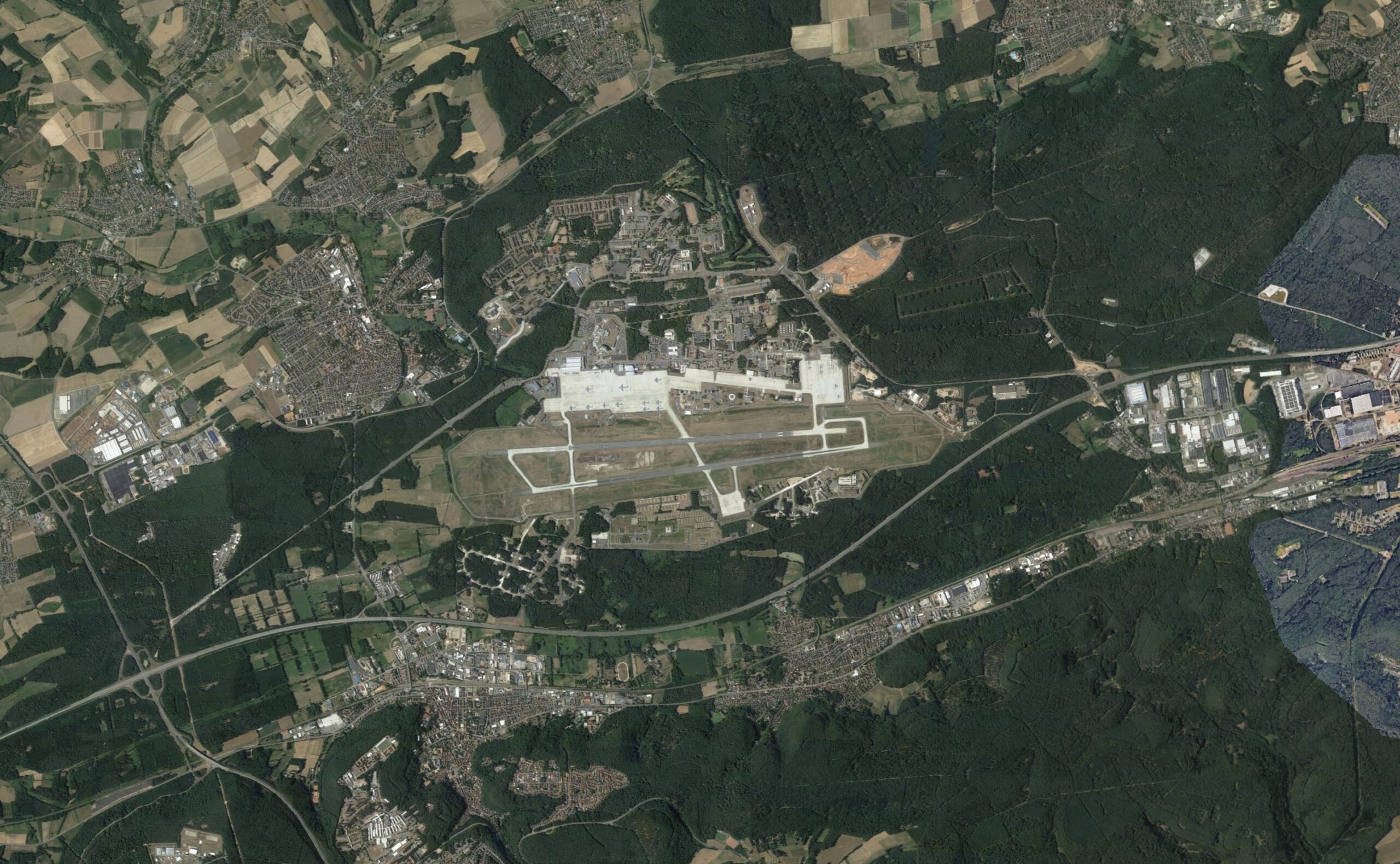
Plans for the expansion of Mihail Kogălniceanu have been in the works for some time. In July 2015, the NATO Investment Committee through the NATO Security Investment Program approved the expansion initiative. Then, in late 2019, the project was approved by the Romanian government. In 2021, Romania’s Ministry of National Defense initiated a tender for “Stage 1” of the project. The contract award sought to acquire “design services and execution works for a contract classified service secret for the realization of the infrastructure of the 57 Mihail Kogălniceanu Air Base,” worth 2.148 billion Romanian leu (worth just over $520 million adjusted for inflation in 2024 dollars) across roughly four years.
The initial impetus to expand the base came as a result of Russia’s seizure and occupation of Ukraine’s Crimean Peninsula in 2014. Following this, rotating fighter detachments from across a number of NATO member states — including the U.S., Canada, the U.K., Italy, and Germany — have taken turns to support the Romanian Air Force in protecting NATO’s southeastern flank including the busy airspace over the Black Sea from Mihail Kogălniceanu.
“The development of the base brings added security to the entire Black Sea basin,” Crețu said in an interview with the Romanian Stirile Pro TV channel. During that interview, he also stipulated that the decision to later base soldiers from the Romanian Army there came directly “as a result of what happened with Crimea and the security situation” that followed.
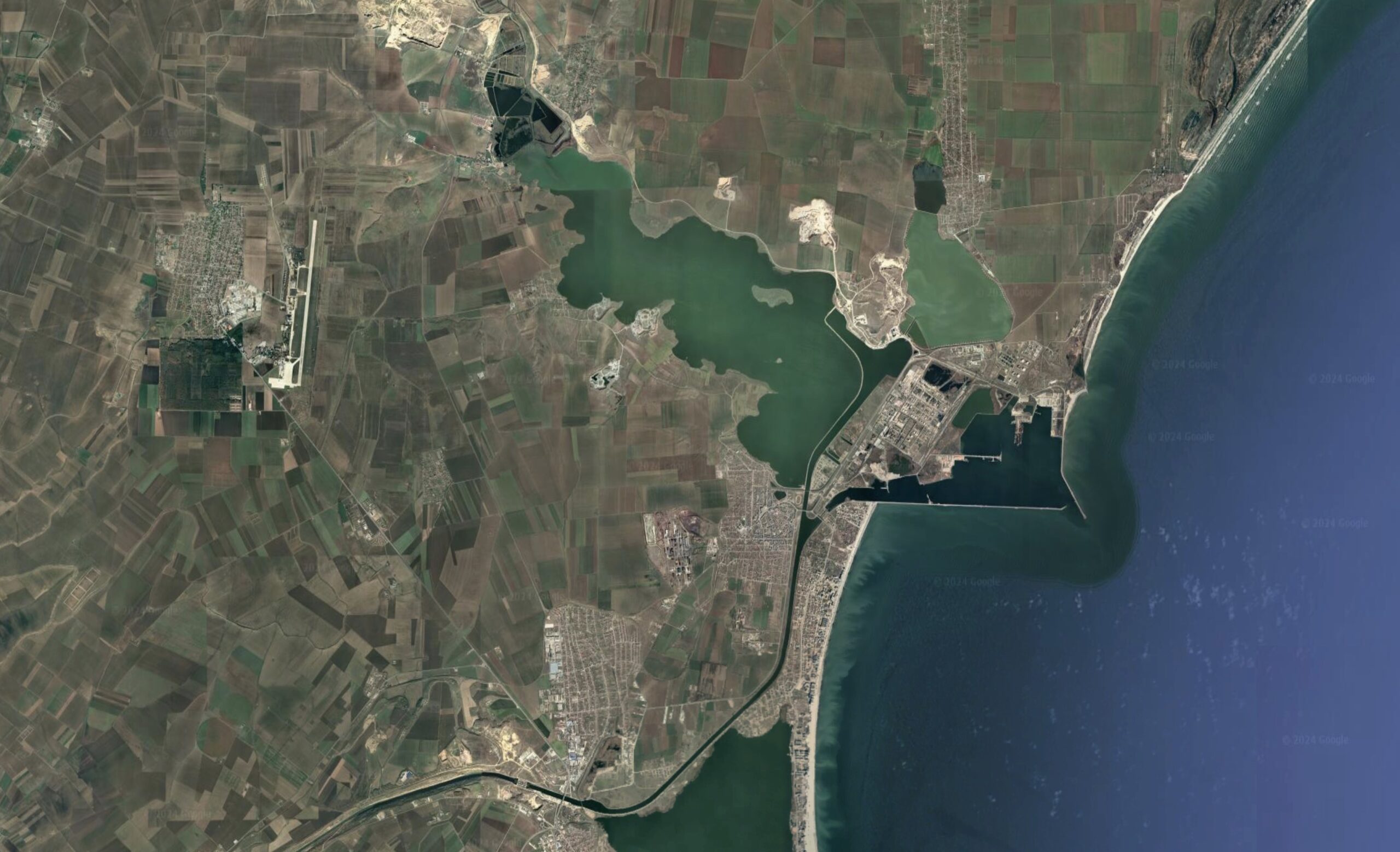
The strategic importance of the base, with its proximity to the Black Sea, has only taken on even greater importance after Russia launched its all-out invasion of Ukraine in early 2022. The War Zone has reported extensively on the active conflict zone within the Black Sea since the outbreak of the war. NATO member states’ aircraft have played an important function providing aerial surveillance on Russian activities in the Black Sea.
Moreover, Romania has become one of the key routes by which military aid for Ukraine, supplied by allies, has entered the country. Romania is otherwise an important player in supporting the Ukrainian armed forces; particularly given its recent approval on training a number of Ukrainian pilots on the F-16.
For NATO, the decision to bolster its presence at Mihail Kogălniceanu could also help the alliance rely less on Hungary for basing support in the future. Pápa Air Base in Western Hungary is currently very important to the alliance as it hosts a combined C-17 cargo aircraft fleet that provides support to 12 member nations.
However, Hungarian Prime Minister Viktor Orban’s stance on various issues, including his pro-Russian leanings and foot-dragging over ratifying Sweden’s accession to NATO, has soured relations between Budapest and many other NATO members. Hungary has notably so far refused to provide military assistance to Ukraine.
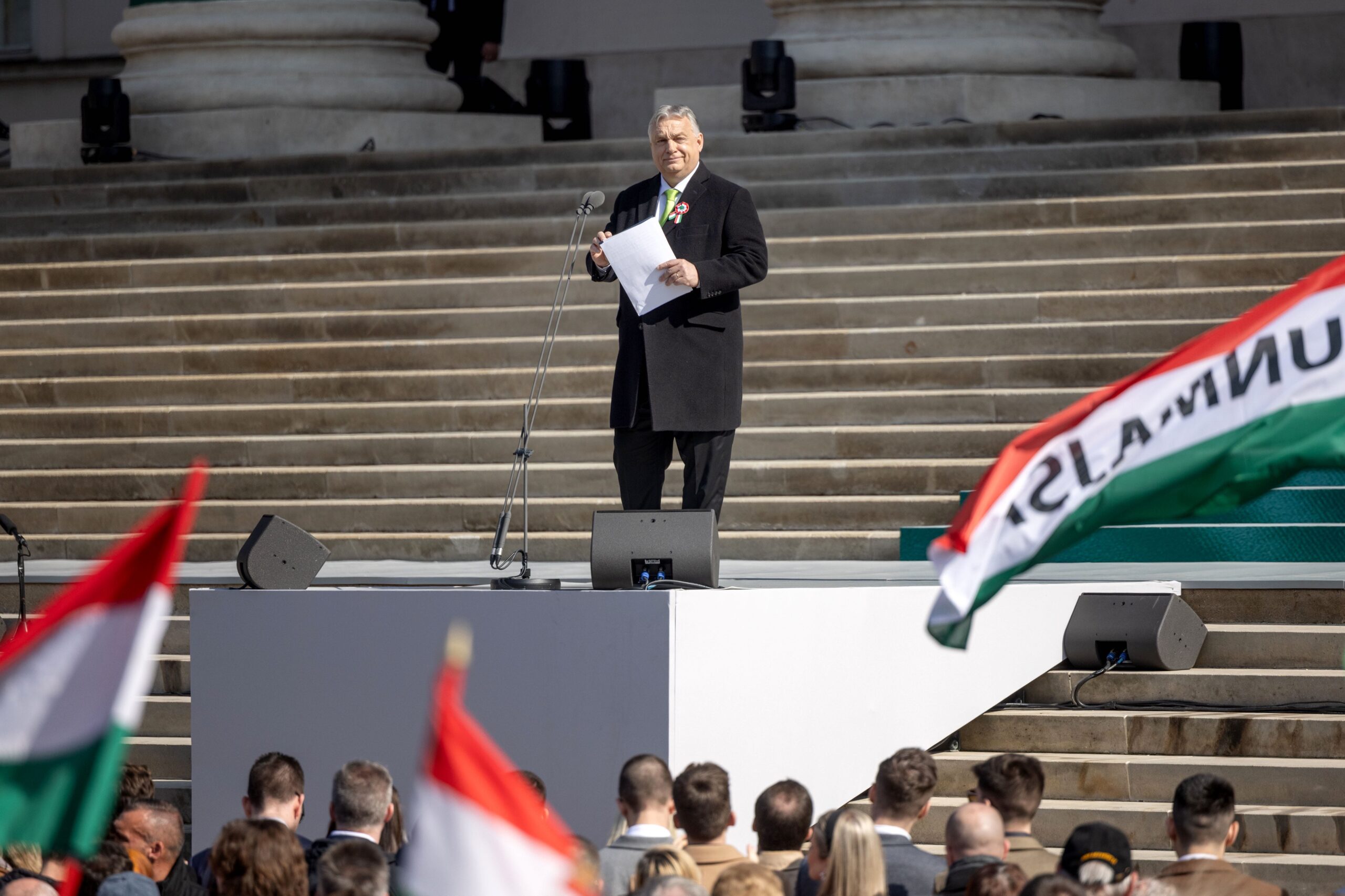
It should be noted that the U.S. military’s association with Mihail Kogălniceanu goes back a long way, with its presence at the base having been felt since 1999. Mihail Kogălniceanu has served as the U.S. military’s main hub in Romania from that time on. The U.S. Army 21st Theater Sustainment Command and Air Force 780th Expeditionary Airlift Squadron are responsible for U.S. operations there.
Moreover, Romania’s location has long made the country strategically significant for the U.S. more broadly. American authorities have previously worked to implement key upgrades to other Romanian air bases beyond Mihail Kogălniceanu. Last September, work on a new squadron operations facility, aircraft hangar, and parking apron at Air Base 71, also known as Campia Turzii, was completed — costing $34 million, which was funded through the U.S. European Command’s European Deterrence initiative.
The U.S. has invested resources elsewhere in the country, too. In 2016, Aegis Ashore Romania, part of the U.S. Naval Support Facility Deveselu in the southwest of the country, was established. Romania’s Aegis Ashore missile defense site, like the more recent site in Poland, is composed of elements taken from the Flight IIA Arleigh Burke class destroyer design that have been ported over into a land-based arrangement. You can read more about that here.
Clearly, Russia’s annexation of Crimea and the war in Ukraine, have been an important driver of plans to expand Romania’s Mihail Kogălniceanu Air Base. And in taking these actions, Moscow has cemented Romania’s significance to NATO for decades to come.
Contact the author: oliver@thewarzone.com
